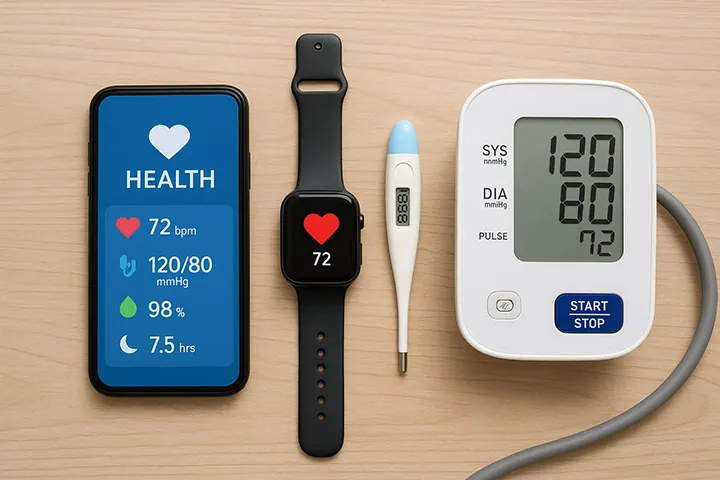In the world of modern health tools, design and function are no longer separate considerations. A product that looks appealing but fails to perform effectively can be just as frustrating as a highly functional device that’s difficult to use. Today’s health innovations are increasingly blending aesthetics with practical utility to create tools that support both well-being and convenience.
The Importance of Thoughtful Design
Design in health tools goes beyond mere appearance. Ergonomics, ease of use, and intuitive interfaces all play a crucial role in making a device effective for the user. A well-designed blood pressure monitor, for instance, isn’t just about sleek lines or compact size; it’s about ensuring that readings are easy to take, accurate, and accessible to people of all ages. When design considers the user’s experience, compliance with health routines improves, and the likelihood of successful outcomes rises.
A visually appealing and thoughtfully designed tool can also reduce anxiety. Many health devices can feel intimidating, especially for those who are managing chronic conditions or using them for the first time. By prioritizing design that communicates simplicity and clarity, manufacturers can encourage regular use and promote a positive relationship with self-care.
Functionality as the Core
Functionality is the backbone of any health tool. Regardless of how modern or stylish a product may appear, it must reliably perform its intended task. This often means integrating smart technology, offering real-time data, and supporting personalised health management. Devices such as wearable fitness trackers, smart thermometers, or advanced nebulisers are expected to provide accurate, actionable insights while being easy to operate.
However, functionality without design can lead to underutilization. A tool that is too complex or cumbersome may discourage consistent use, even if it offers advanced features. Striking a balance between powerful performance and practical usability is essential in ensuring that users can truly benefit from the technology.
Examples of Successful Integration
Modern health tools that merge design and function offer clear examples of how this balance can improve daily routines. Devices like ergonomic inhalers, sleek glucometers, and intuitive fitness monitors show that attention to detail can enhance user experience without compromising on capability.
Even smaller personal health tools reflect this trend. For example, the Lost Mary BM600 combines portability with user-friendly operation, ensuring that individuals can manage their routines efficiently while enjoying a product that is easy to handle and maintain. The thoughtful design makes the device accessible, while its performance ensures it meets the functional expectations of modern users.
The Role of Technology in Bridging Design and Function
Technological innovation is central to aligning design and function. Features like touchscreens, app connectivity, and data tracking allow users to engage with devices in ways that are both seamless and informative. For instance, smart medication dispensers can alert users when it’s time to take a dose, while compact designs make them easy to integrate into daily life. Technology enables designers to create tools that are both practical and appealing, turning routine health management into a more enjoyable experience.
Creating Tools That Encourage Consistency
Ultimately, health tools succeed when they encourage consistent, long-term use. The combination of design and function ensures that devices are not only effective but also welcomed into daily routines. A thoughtfully designed device can inspire confidence, reduce the cognitive load of managing health, and foster a sense of independence.
By focusing on both aesthetic appeal and practical functionality, modern health tools are transforming how individuals interact with their wellness journeys. When design and function go hand in hand, users gain more than a tool; they gain an experience that supports their health every step of the way.

